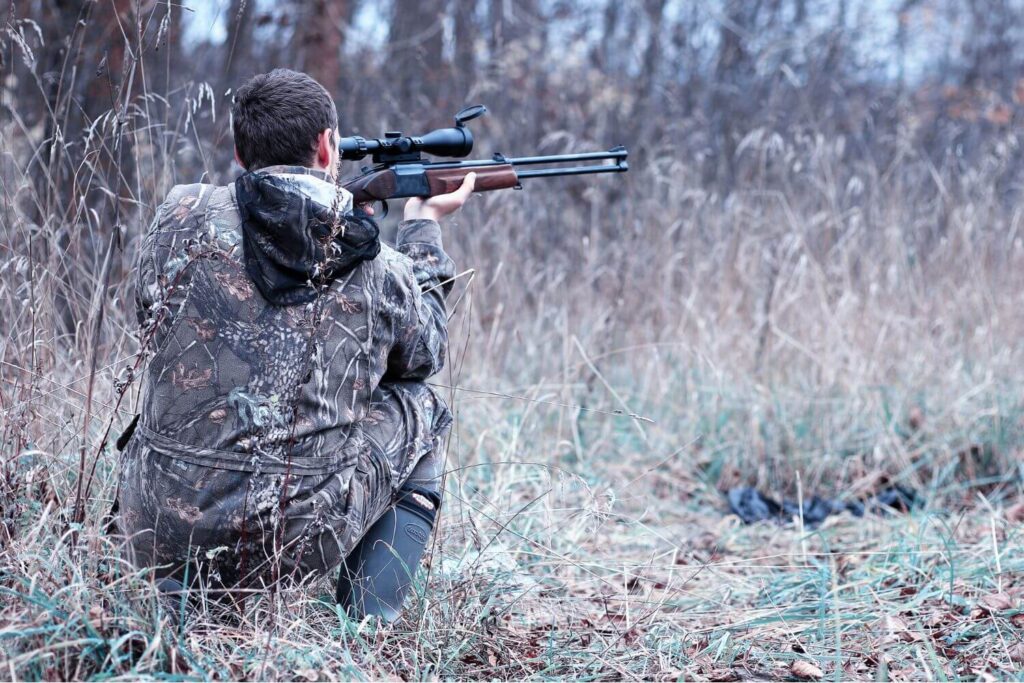No products in the cart.

You’ll find all types of camo at Pennsylvania’s Largest Gun Show to help you get ready for your next hunting trip, tactical encounter, or if you just want rugged gear when you hit the range. Camo patterns are available to help you blend into almost any natural environment, and there are several options available for working in man-made terrain and structures, as well. With so many options available, it can be hard to understand the differences between variations and how they work to help keep you hidden, but with the right information and planning, you can find the right choice for your needs.
Before we get into the types of camo available, it’s important to understand what camouflage is meant to do. Unlike the simplistic portrayals of Hollywood, where it renders the wearer invisible, its real purpose is built on the psychology of how the brain interprets information from the eyes. Humans (and other animals that rely heavily on sight to assess threats) take in a lot of visual information–too much for the brain to rapidly absorb and process. That’s why we sometimes do a “double take” when confronted with something unexpected–we saw it, but it took a moment for our brain to piece together the information.
In survival situations, you may not have that kind of time, so brains evolved to parse through recognized patterns for known threats first. Camouflage patterns are all about disrupting the pattern of our presence, blurring us into the background so that it takes longer for the brain to get around to noticing what it saw. There are instances when this is taken a step further through active means, further blurring our profile, disguising the features, and concealing what can’t be blended into the surroundings, but that is often more of a technical skill set than simply buying the right clothes off a rack.
While manufacturers are always pushing to find innovations that help them separate themselves from the competition, most camo will fall into four general pattern types.
When it comes to picking the right camouflage for your needs, start by understanding what those needs are. Different types of camo are better suited for different terrain, purposes, or seasons, making camo gear some of the most versatile tactical accessories around. We’re going to cover some of the most popular variations, but remember, many of these are available as traditional, digital, OCP, or even civilian designs.
When vendors come from across the country to compete for your purchases, you save money on the types of camo you’ve been looking for. The whole family will enjoy the comfortable, well-lit local event hall with paid on-site security, and there’s something for the whole family at our uniquely American retail experience. Book your tickets online to the next Eagle Shows Gun Show near you today.
Subscribe to our newsletter for exclusive updates, offers, and insights. Be the first to know about upcoming shows and special events.
Be sure to check your inbox for an email confirming you’ve signed up and add our email address to your address book to ensure you ALWAYS get show coupons and updates!